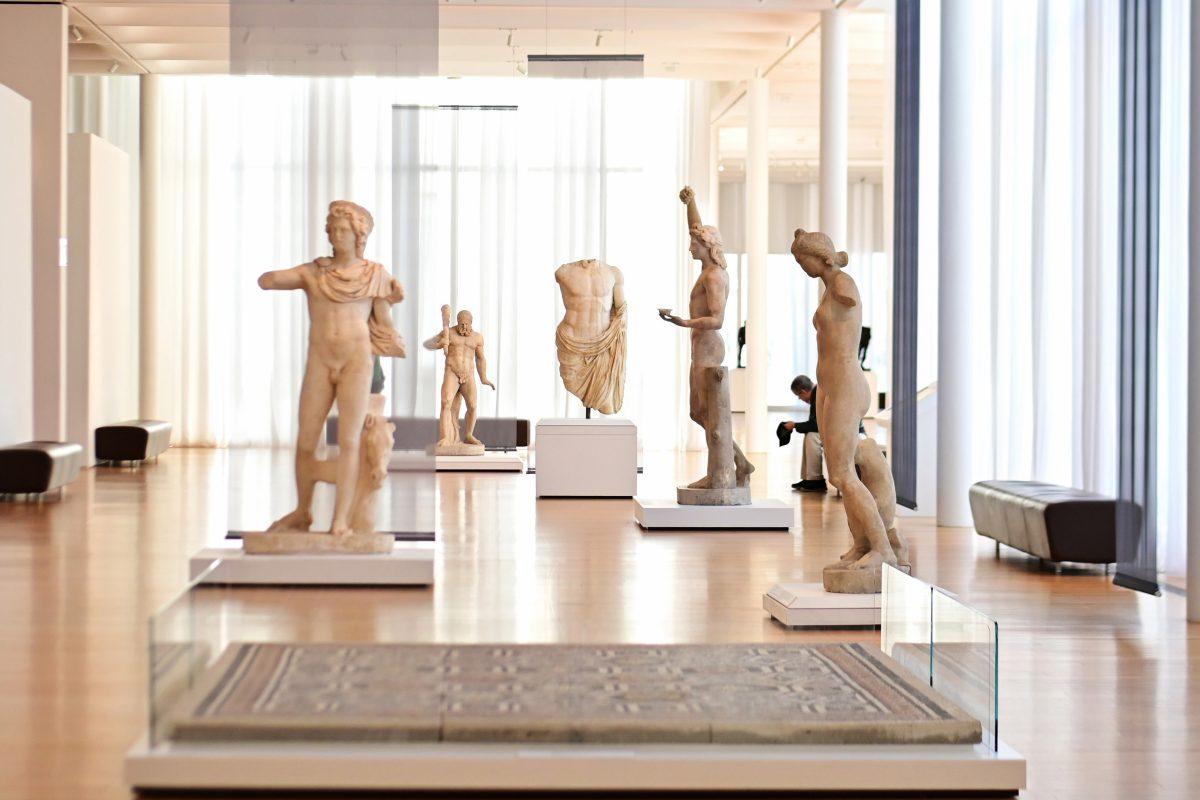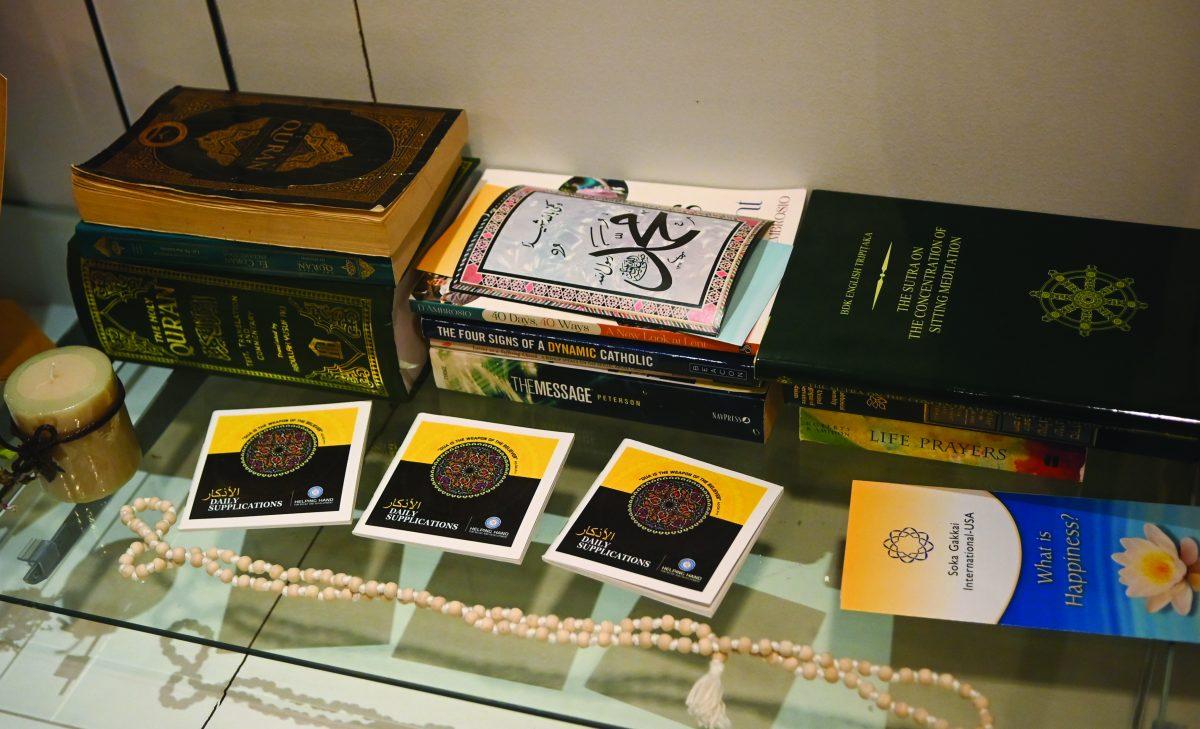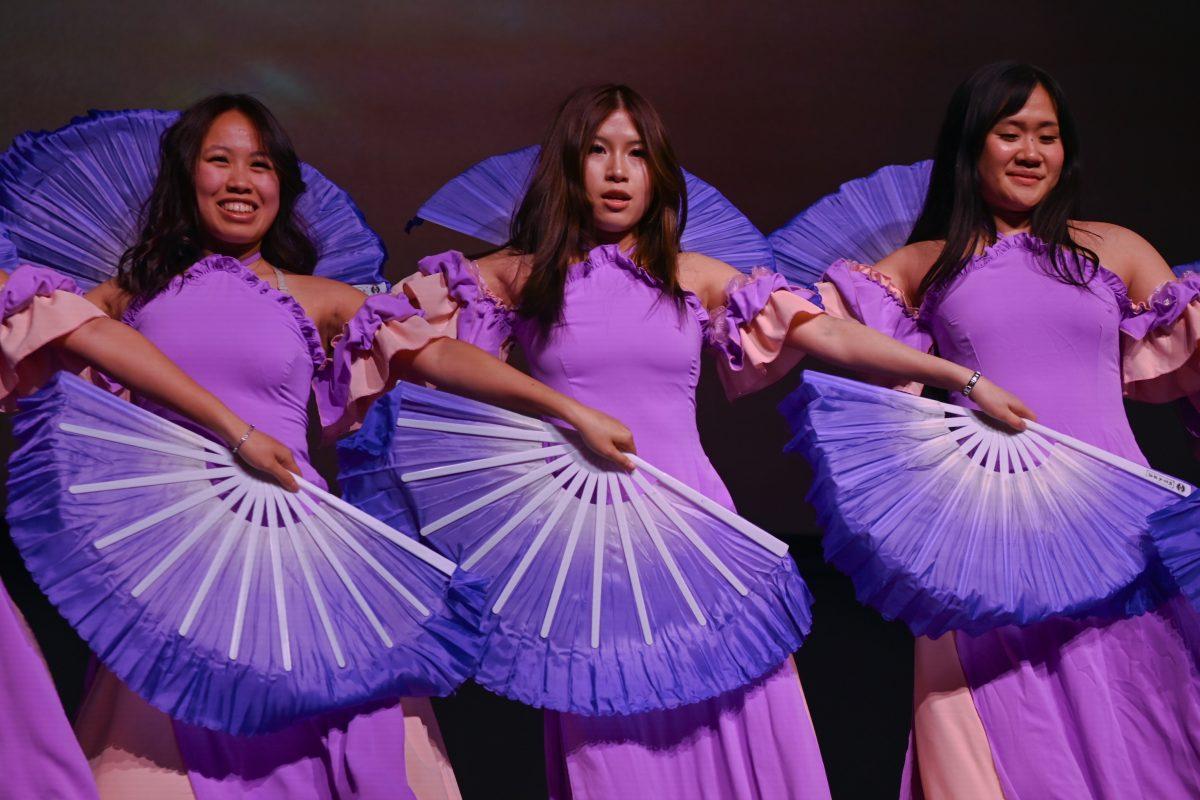The Gregg Museum of Art & Design is a hidden gem on NC State’s campus. The museum, located on Hillsborough Street, offers free admission with several options for ease of accessibility. It sits on a tract of land adjacent to the Belltower off Hillsborough Street.
It houses many colorful and thought-provoking exhibits with an emphasis on encouraging visitors’ educational pursuits in the arts. One exhibit, called “Pastels and Drawings” by Will Henry Stevens, can be viewed during the museum’s hours of operation.
Stevens’ works, donated by the Will Henry Stevens Memorial Trust, are included in the Gregg Museum’s permanent collection. Part of the collection is displayed at the front of the museum.
The white and beige walls juxtaposed against vibrant pastoral scenes and sprawling mountain landscapes are contained within a small room at the Gregg. A handful of still lifes and abstract paintings spill out into the museum’s foyer.
One piece, “House with a Red Roof,” is on display. In that image, the eponymous red-roofed house sits nestled behind another house and an uneven wood fence. The mountains are present here too — in the background, secluded behind a row of trees.
According to the Gregg’s virtual exhibition, Stevens was born and raised in Vevay, Indiana. Stevens learned to create his own pastels from pigments while watching his father, a pharmacist, work.
Emily Tomblin, a fourth-year studying zoology, explored the Gregg’s virtual exhibit on the subject. A select number of exhibitions are displayed on the museum’s website periodically for viewers whose schedules do not align with the gallery’s visiting hours. Tomblin watched a guided tour of the Stevens gallery prior to visiting the exhibit.
“This painting makes me feel at home,” Tomblin said. “The first thing that I notice are the colors, especially the trees. I would definitely have this painting hanging in my house.”
After studying at the Cincinnati Art Academy, Stevens became interested in the contemporary art movement. He accepted a teaching position in Louisville, Kentucky before moving to another position at Newcomb College in New Orleans.
The biographical plaque at the Gregg explains Stevens escaped from the heat in Louisiana by summering in Asheville, North Carolina. It was the mountains that inspired Stevens’ art the most.
Another of Stevens’ pieces, “Mountain Landscape,” features charcoal mountains on a vertical canvas. He sketched the landscapes he saw outside his window as his car hurtled through the mountains outside of Asheville. A winding valley road crisscrosses the picture before disappearing over the horizon.
“The first thing that I notice about this painting is that it looks very desolate,” Tomblin said. “It reminds me of ‘The Lion King’ when Simba returns to the Pride Lands to fight for his home.”
Stevens’ only taught during the fall, winter and spring. He devoted most of the summer months to his art. That makes this second piece an oddity, which Tomblin labels “confusing” and “sad.”
“Abstract Mountain Scene,” on the other hand, had a different effect. The colors in this painting seem to pool and scramble across the paper from one side to the other.
In this painting, there are what appear to be half-formed thoughts: a stream of golden sunlight here and a row of brown mountains there.
“There is more room for different interpretations,” Tomblin said.
This abstract scene can best be explained one way. The highway tunnels that cut through some of North Carolina’s mountains are dark — lit only by a string of artificial orange bulbs. However, once you emerge from the tunnel, you are accosted by a sea of brilliant colors. You try to take in everything, but you are left dazed by the majesty of it all.
That is the way Stevens depicts the mountains of North Carolina. He hints at the grandeur of the Blue Ridge while enticing the viewer to experience it for themselves.
“It is very freeing,” Tomblin said.














